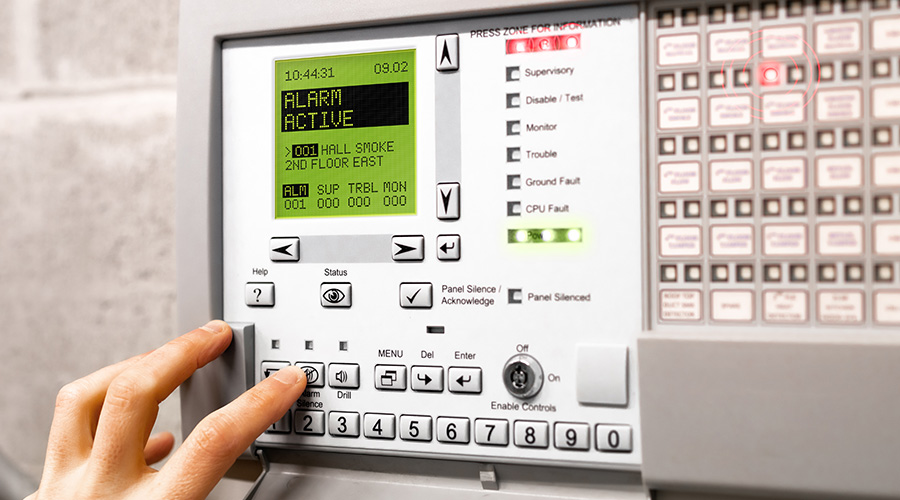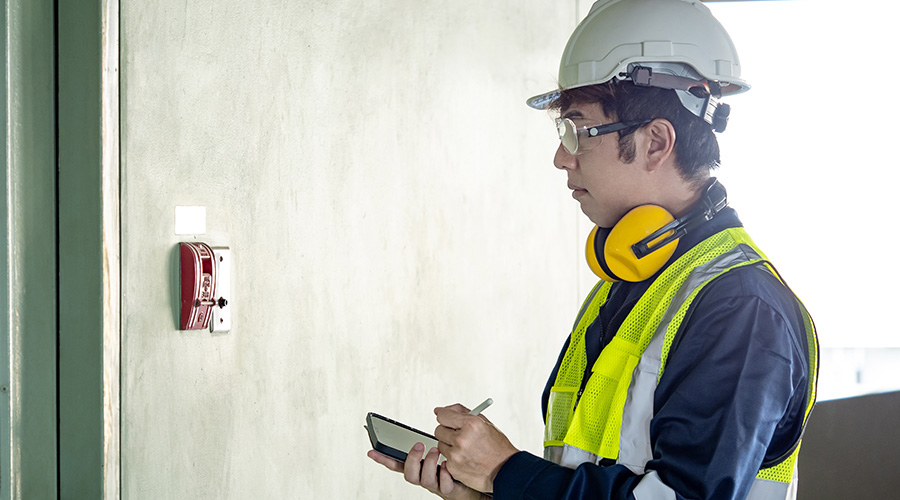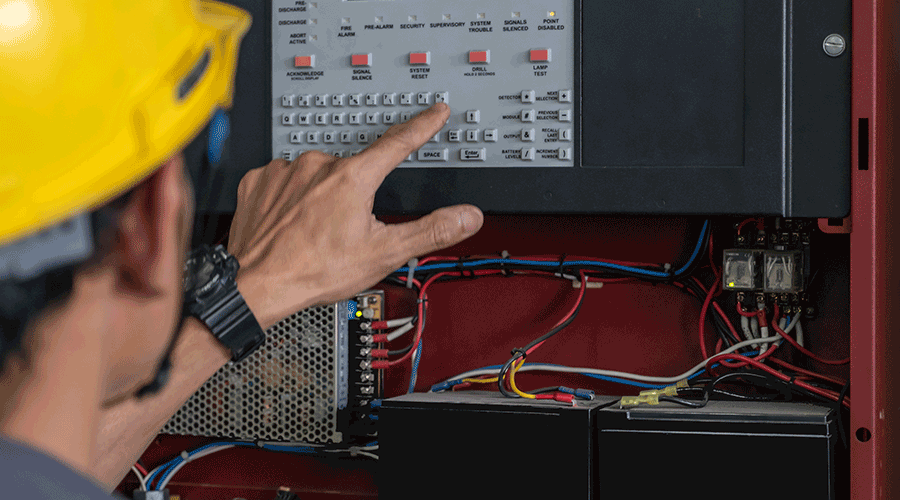Advances in Smoke Detection Technology
Part 1 of a two-part article about improvements in fire detection technology
Advances in smoke detection technology hold the promise of improving the protection of people and property. Unfortunately, too often, these advances in technology are not taken advantage of when fire detection systems are specified.
The purpose of this article isn't the history of the fire alarm systems; however, it is important to establish how far fire detection has come in the past few decades, and why it has become so important.
The invention of the first fire alarm system in 1852 consisted of street boxes wired to the central station — a term we still use today. It wasn’t until the late 1800s that an automatic device was added to the system to detect heat. Before the heat detector, we relied on human intervention to recognize a fire, evacuate the building and pull the call box to notify the central station. Much has changed since that time.
As it is with all technology, fire alarms have advanced by leaps and bounds. Like all technology, there are contributing factors that have led to advances in smoke detection technology.
One factor that has been integral to the improvements in smoke detection is the need to reduce the number of false alarms. Before heat and smoke detection, people made decisions based on the sight of smoke/fire to send the signal to the central station which deployed the local fire department. Today, we rely on technology to perform much of this work and, with the increasing reliance on technology for smoke detection, there has been a rise in false alarms. With accidents from responding fire departments being the second leading cause of firefighter deaths, false alarms are not only costing lives but costing millions in property damage each year from accidents.
As a result of the use of lightweight construction materials and synthetic furnishings, buildings are burning faster, leaving occupants less time to evacuate. Underwriters' Laboratory (UL) has done considerable testing and people are now aware of the impact these materials have on the construction of the building and how they react to fire.
These contributing factors have caused the fire protection industry to develop new technology to design fire alarms to reduce false alarms while detecting smoke and fire faster. Manufacturers have been developing new fire technologies to combat the negative effects of modern construction and false alarms.
In the past, designers didn’t have many options other than the basic conventional smoke detectors. Fast forward to today and building designers can choose from an array of smoke detection solutions. The first conventional smoke detectors only utilized photoelectric and ionization principles relying solely on one technology to make a decision to go into alarm. Conventional smoke detectors hit a predetermined threshold and went into alarm. Often that threshold was fooled by dust and steam, resulting in a false alarm. Then in the early ‘90s came the analog detectors, or what is commonly known as the addressable detector. These utilize advanced algorithms to reject particles too large to be smoke as well as other particles such as steam or humidity. These detectors incorporate photoelectric principles to identify fire in its early stages and can adjust alarm thresholds to become less sensitive. Although it was a great start, it still wasn’t enough to detect the initial stages of fire or reduce false alarms.
Related Topics:












